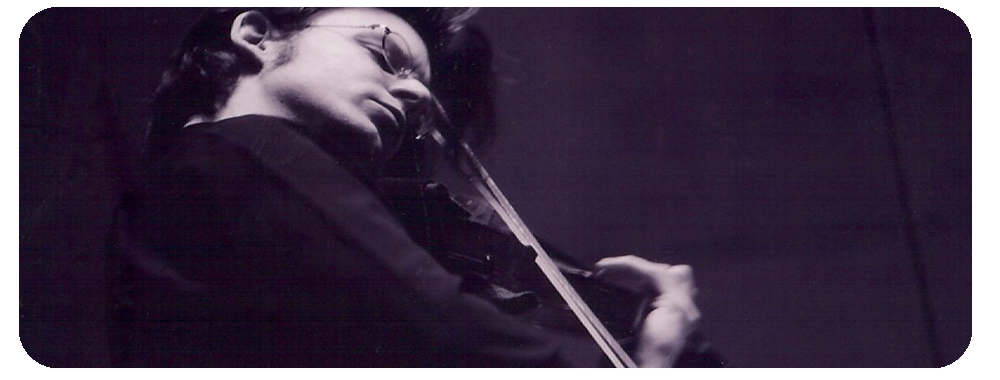
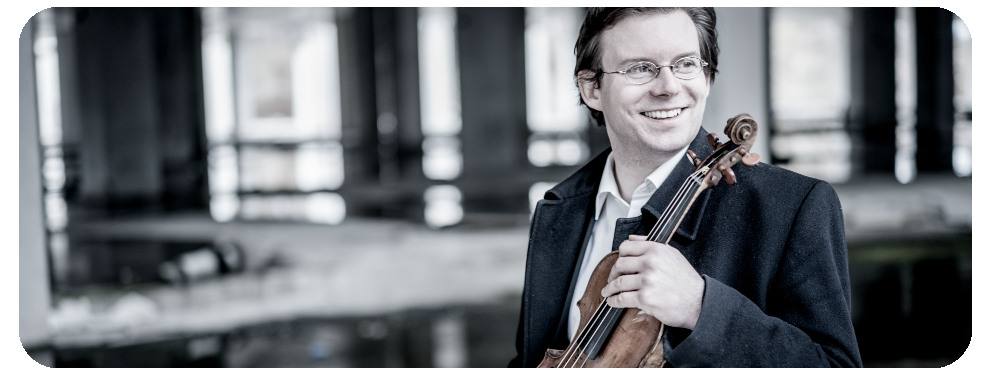
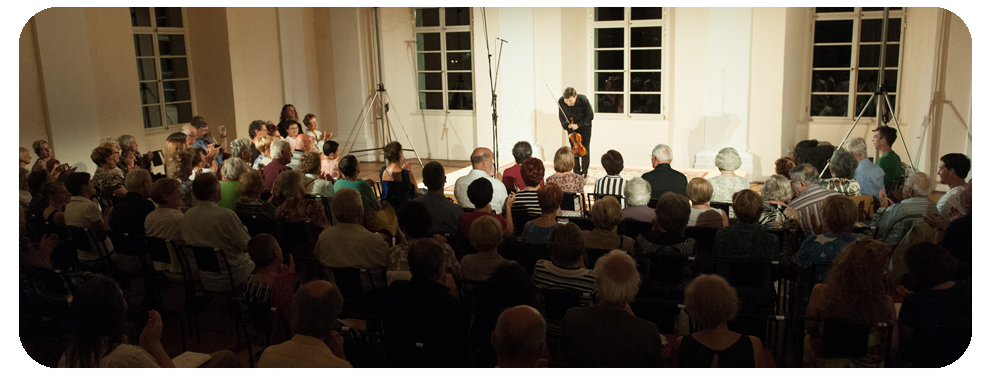
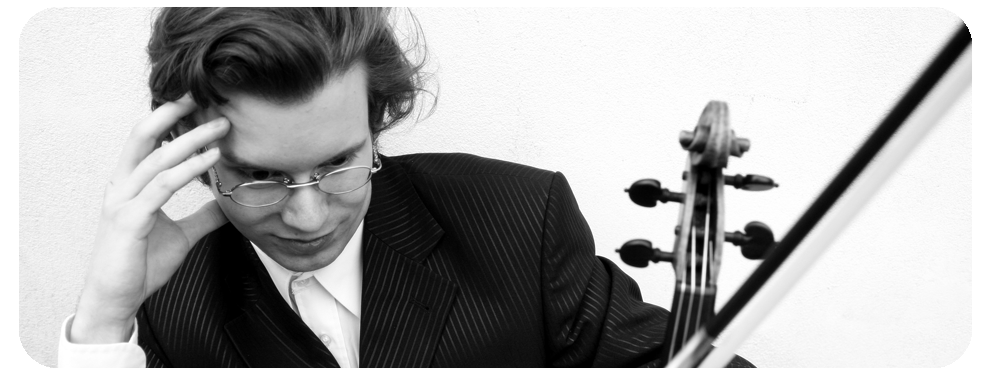
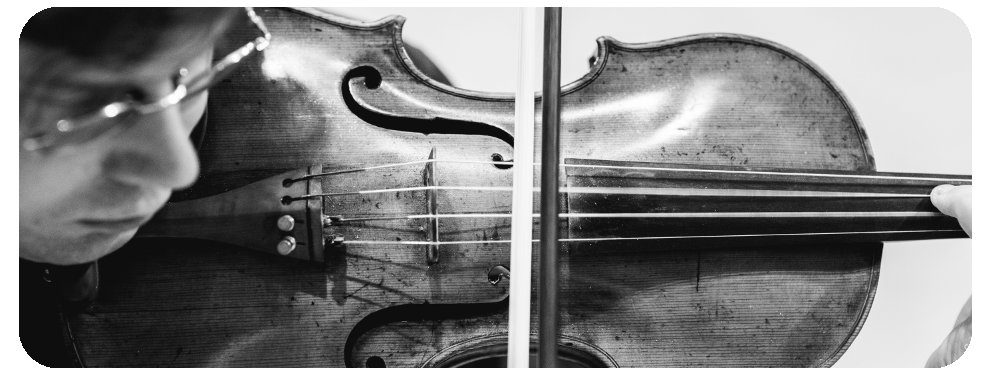
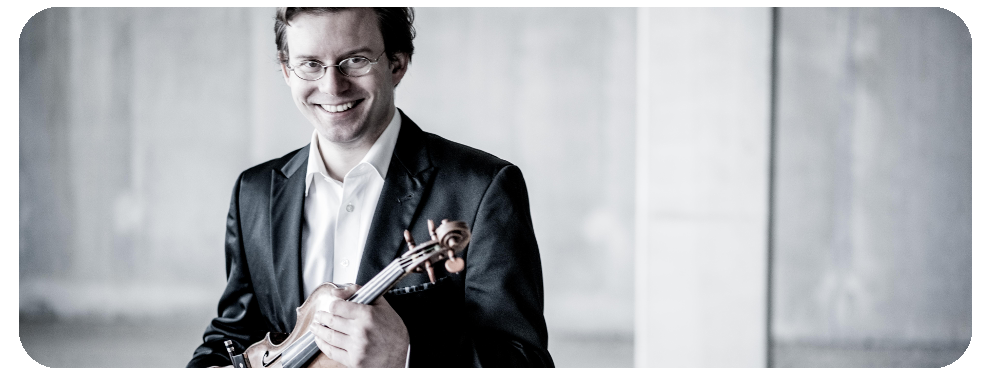
E. Ysaye: Six sonates pour Violon seul, op. 27
ZKP (2013)
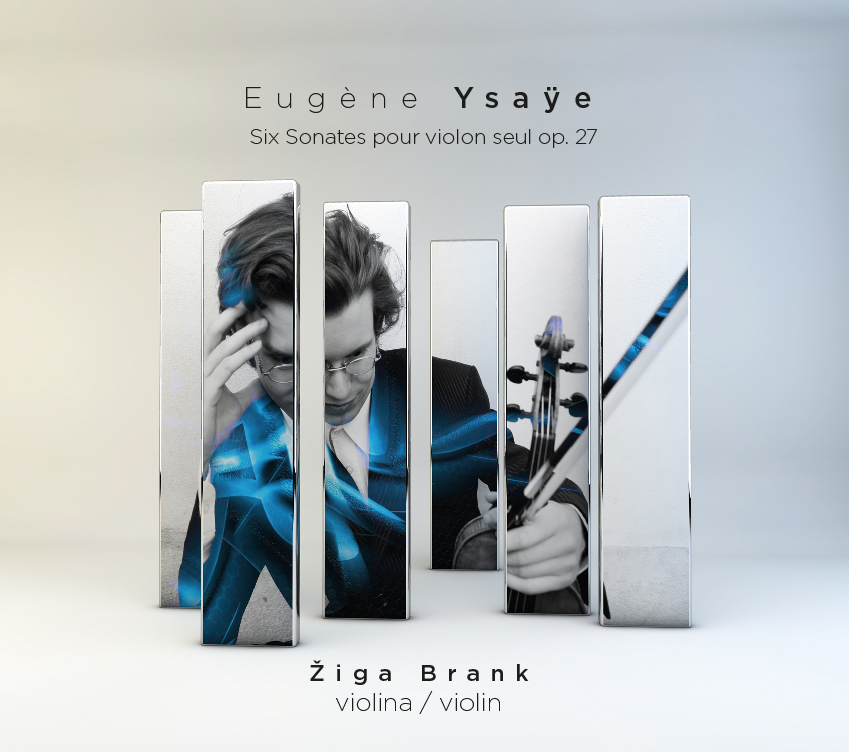
Eugène Ysaÿe: Six sonates pour violon seul, Op. 27
Sonata No. 1 "A Joseph Szigeti"
1. Grave (Lento assai)
2. Fugato (Molto moderato)
3. Allegretto poco scherzoso (Amabile)
4. Finale con brio (Allegro fermo)
Sonata No. 2 "A Jacques Thibaud"
5. Obsession: Prelude (Poco vivace)
6. Malinconia (Poco lento)
7. Danse des Ombres: Sarabande (Lento)
8. Les Furies (Allegro furioso)
Sonata No. 3 "A Georges Enesco"
9. "Ballade" (Lento molto sostenuto)
Sonata No. 4 "A Fritz Kreisler"
10. Allemanda (Lento maestoso)
11. Sarabande (Quasi lento)
12. Finale (Presto ma non troppo)
Sonata No. 5 "A Mathieu Crickboom"
13. Laurore (Lento assai)
14. Danse Rustique (Allegro giocoso molto moderato; moderato amabile)
Sonata No. 6 "A Manuel Quiroga"
15. (Allegro giusto non troppo vivo)
Eugène Ysaÿe (born July 16, 1858 in Liège; died May 12, 1931 in Brussels) was a Belgian violinist and one of the most outstanding musicians of the early 20th century. He was the student of two violin masters: Henri Vieuxtemps and Henryk Wieniawski. He was a great violin teacher and passed on his violin skills to his students, many of whom went on to become famous violinists, including Josef Gingold, Nathan Milstein, Jascha Brodsky, Oscar Schumsky and others. He was an important musical figure and a number of other composers wrote compositions for him, including Ernest Chausson, Camille Saint-Saëns, Claude Debussy and César Franck.
Ysaÿe had a great appreciation for what was then contemporary music so he and Raoul Pugno, a famous French pianist, began integrating pieces from their time into the concert programmes in addition to the classical violin and piano sonatas.
He was also a conductor and composer who wrote a number of compositions for violin and piano and for violin and orchestra, which unfortunately are rarely played nowadays. He began composing music as a teenager, taking over the tradition of being a performer and composer from his two great teachers. His Six Sonatas for Solo Violin (Six Sonates pour Violon Seul) op. 27 is regarded as one of the most important works ever written for the violin.
Eugène Ysaÿe’s violin sonatas represent a significant milestone in the development of violin music, equivalent to Johann Sebastian Bach’s sonatas and partitas - and, in a virtuosic sense, to Niccolo Paganini's 24 caprices. He wrote them in 1923 at the age of 65. It is rumoured that Ysaÿe, overwhelmed by Josef Szigeti’s concert, in which Szigeti played Bach's sonatas and partitas, wrote them in a single day.
The cycle of six sonatas was written with a deep understanding of the violin and violinism, showing his strong love for the instrument and music. Each sonata is dedicated to one of the most outstanding violinists of his time who had a special place in Ysaÿe’s life. In the sonatas, we can observe a clear influence of J. S. Bach, particularly in the harmonic and contrapuntal techniques and in the form of the movements.
The sonatas are written in an extremely virtuosic style and, as an excellent violinist, Ysaÿe carefully arranged the musical notation. At the beginning, with regard to his musical indications, he wrote that the technical problem solving process is an individual process for each violinist; however, it can be said with certainty that taking the author’s indications into account will lead you faster to the goal *.
In Ysaÿe’s Sonata no. 1, which is dedicated to the Hungarian violinist Josef Szigeti, we can see many neobaroque elements. Even the titles of the movements (Grave, Fugato, Allegretto poco scherzoso, Finale con brio) are reminiscent of the Baroque period, particularly of Bach's violin sonatas and partitas. Perhaps the music in this sonata is the most complicated of them all because of the first two movements. In the first movement (Grave), the use of diminshed chords that do not resolve immediately creates a tense and dark atmosphere, which may even arouse a feeling of passion. This is followed by Fugato, which as any fugue consists of complex polyphonic material – and, due to the abstractness of the music, it may be quite a challenge for the performer to grasp the flow and dynamics of the whole fugue. The third movement (Amabile) is quite different from the first two movements and provides contrast; already the title itself implies kindness and gentleness. The sonata ends with a virtuosic movement in which the technical elements and other elements are reminiscent of Paganini's compositions.
His obsession with Bach's violin sonatas and partitas is most evident in Sonata no. 2, entitled “Obsession”. Here, Ysaÿe quotes motifs from Bach's third violin partita, which are paraphrased in an almost demonic way. The theme of the Gregorian chant “Dies Irae”, which appears in all four movements, plays a very important role.
Sonata no. 3, entitled “Ballade”, is quite different in terms of content. It is dedicated to the Romanian violinist George Enescu. Like Ysaÿe, Enescu was also one of the most influential violinists and teachers of his time (some of his students include Y. Menuhin, I. Gitlis and C. Ferras), and Ysaÿe greatly admired him. The sonata consists of two parts. In the lyrical introduction, we come across a very impressionistic use of the whole tone scale. The central part of the sonata is almost like a little solo violin rhapsody, with an energetic character that fades out in a pompous style, upon which Ysaÿe, in a very virtuosic manner, uses sequences that are again reminiscent of the Baroque period.
Sonata no. 4 is dedicated to Fritz Kreisler, who was probably Ysaÿe's closest friend. The energetic and temperamental introduction takes the listener to the main theme. The second movement is a contrapuntal masterpiece, showing a simple motif which is repeated throughout the movement in several voices. The third movement is a virtuoso piece and is at some point reminiscent of the short virtuoso pieces by Fritz Kreisler.
Ysaÿe was a very creative music artist. How else would only one violin be able to create such a large and colourful picture such as the first movement of his Sonata no. 5, entitled “L'Aurore”. The listener may sometimes even feel that this movement could be played by an entire orchestra. It is here that the spirit of the time in which Ysaÿe lived can be felt the most and we can observe a strong influence of Claude Debussy, his contemporary and a great representative of Impressionism. Debussy dedicated his String Quartet no. 2 to the Ysaÿe Quartet, which performed its world premiere. Matthieu Crickboom, Ysaÿe’s student, to whom the sonata is dedicated, was also a member of the Quartet.
Sonata no. 6, which is perhaps the most challenging technically, is dedicated to the noted Spanish violinist Emanuel Quiroga, whose violin playing reminded many of his contemporaries, including Ysaÿe, of that of Pablo de Sarasate. According to certain records, Ysaÿe adapted the violinist-technical and expressive elements in this sonata to the artist to whom it is dedicated more than he did in the other sonatas. However, the sonata was never publicly performed by Quiroga. The one-movement sonata completes the large cycle of masterpieces, which open up new paths and dimensions for the violin.
News & Events
12th Aug 2023